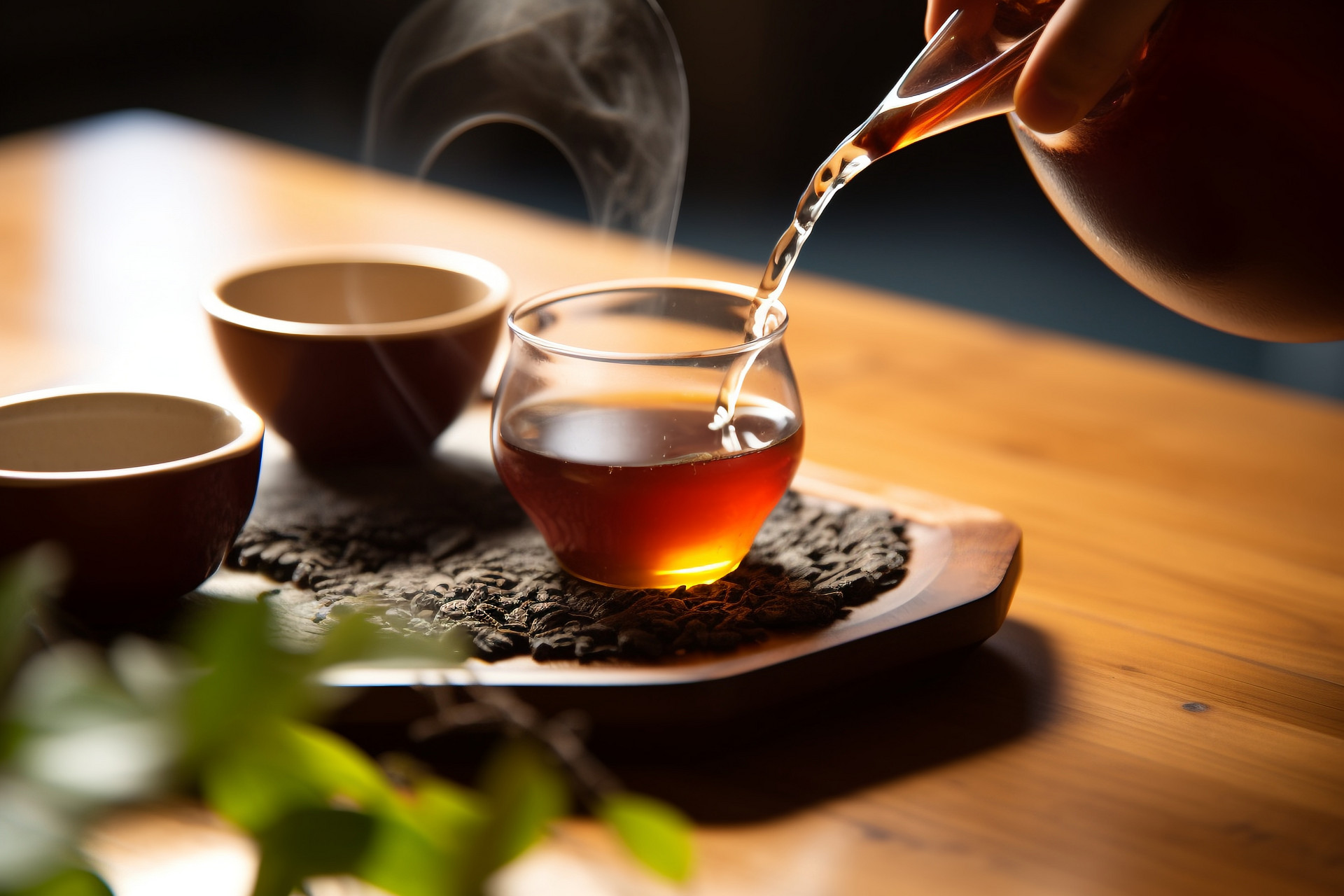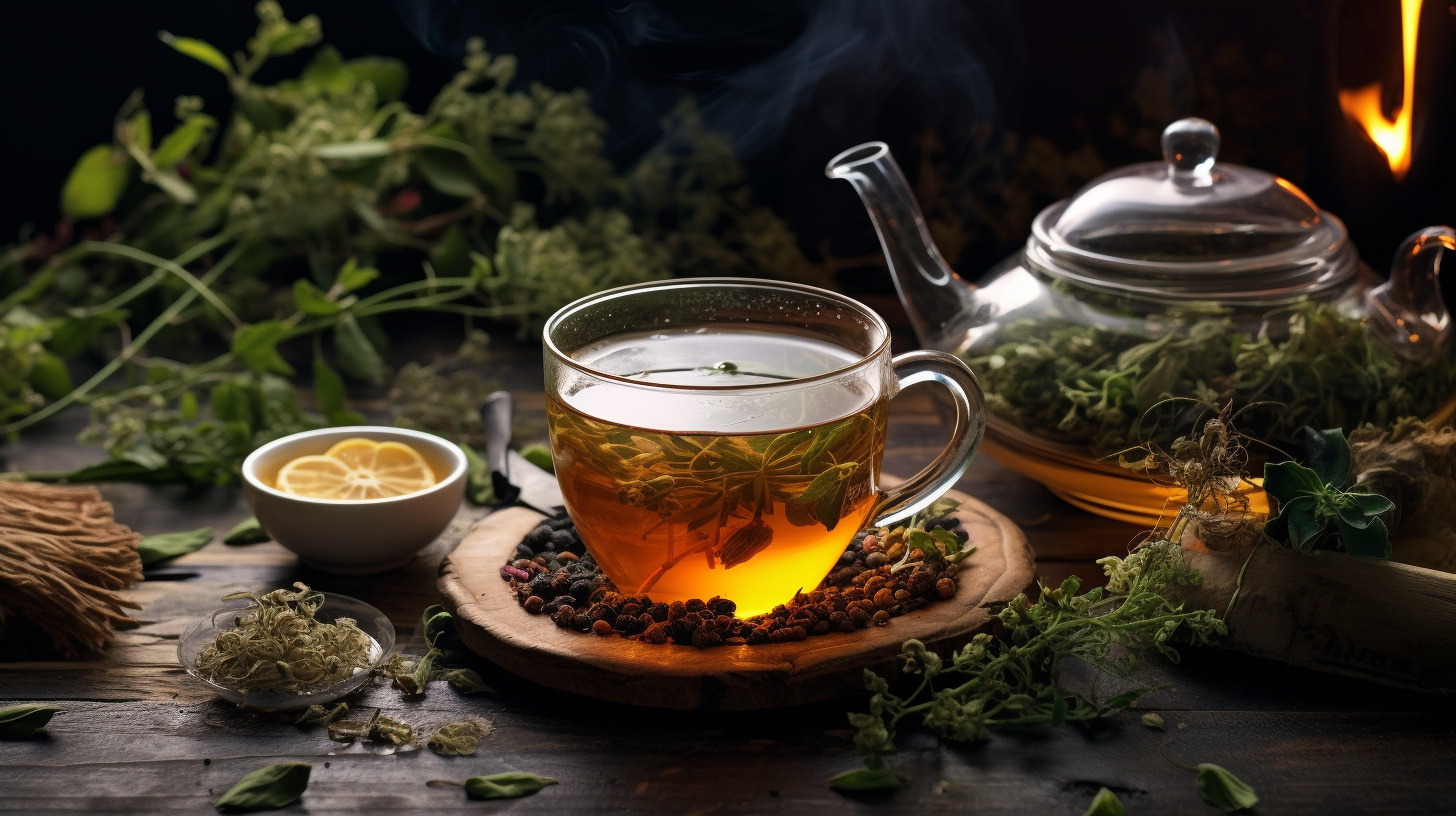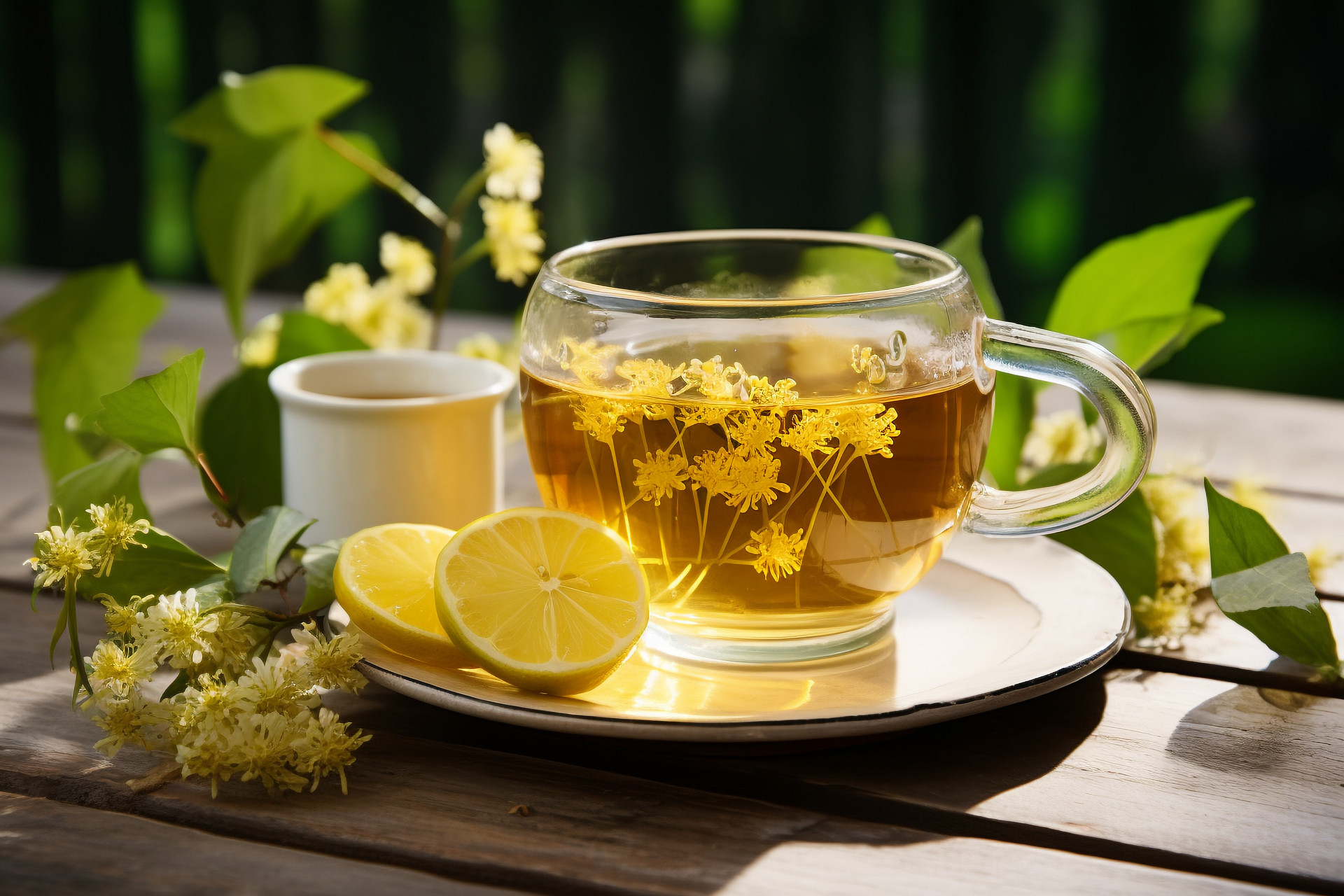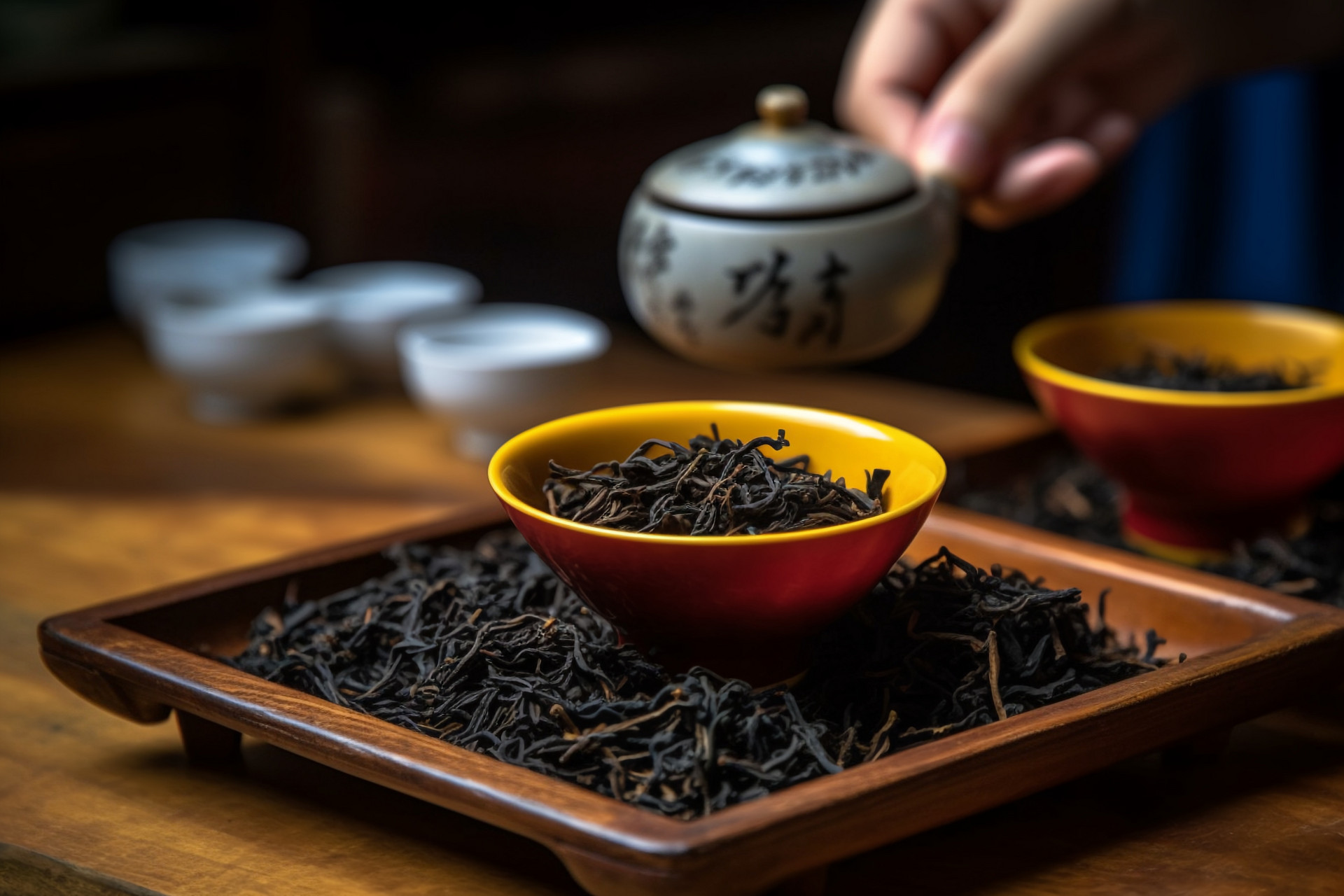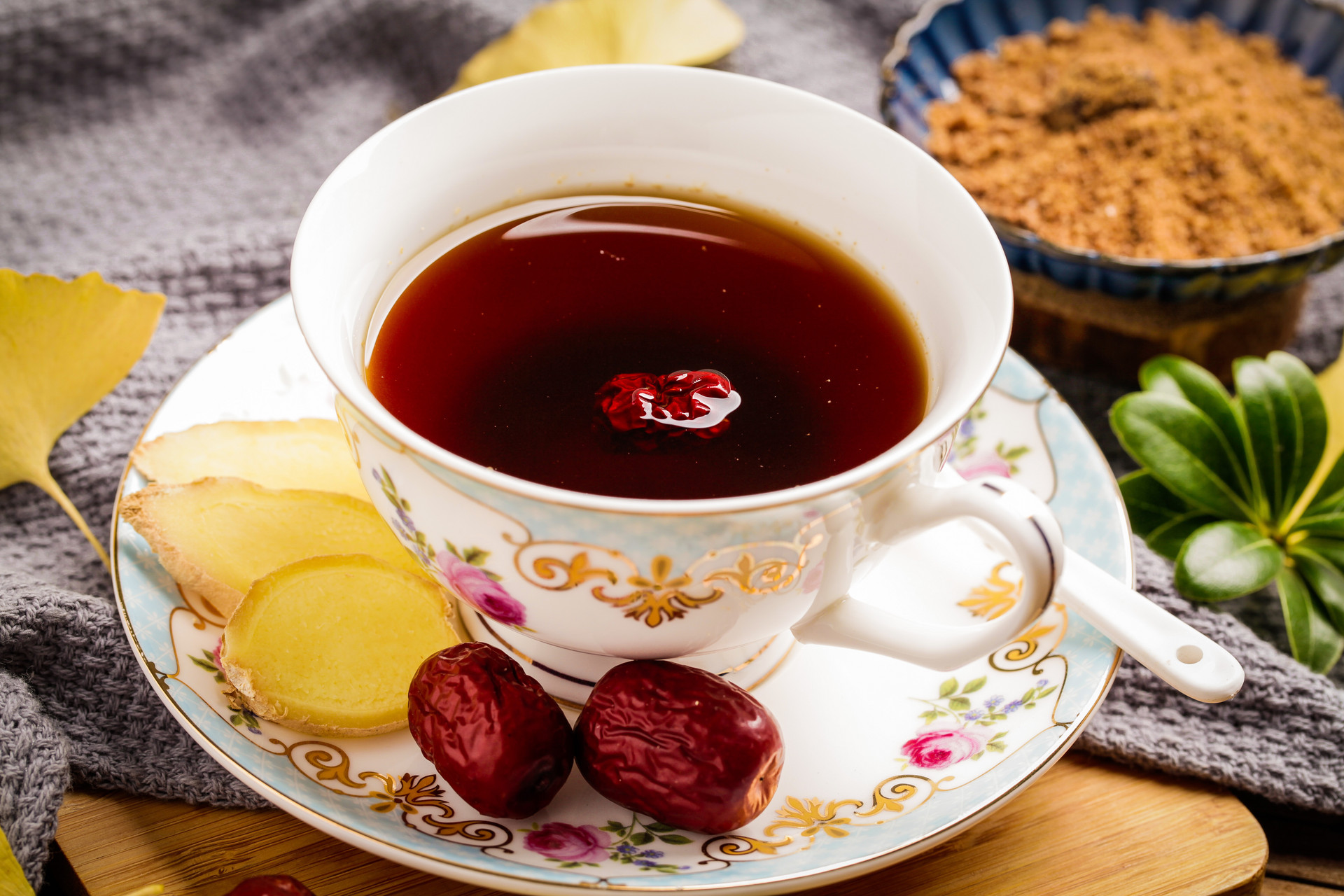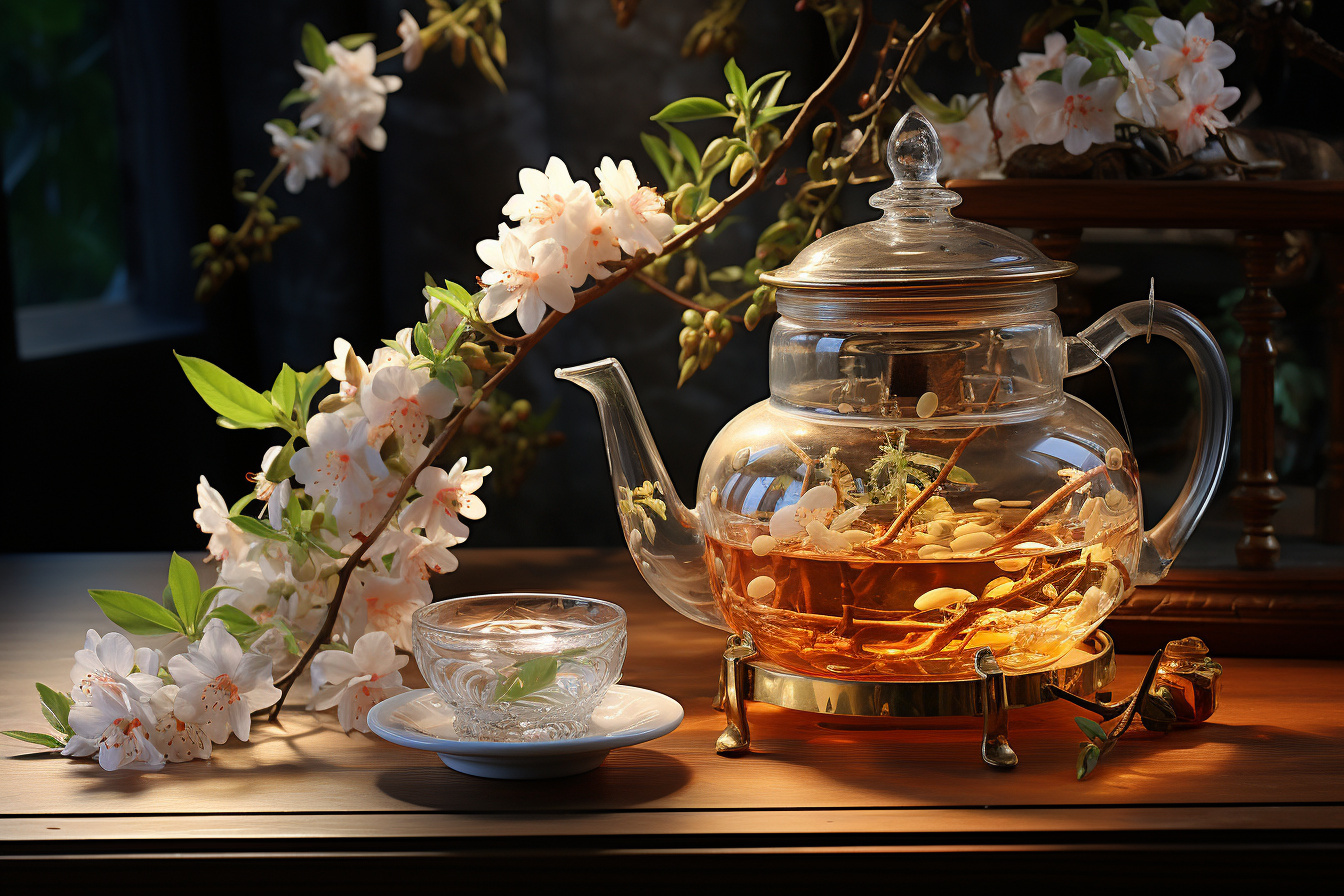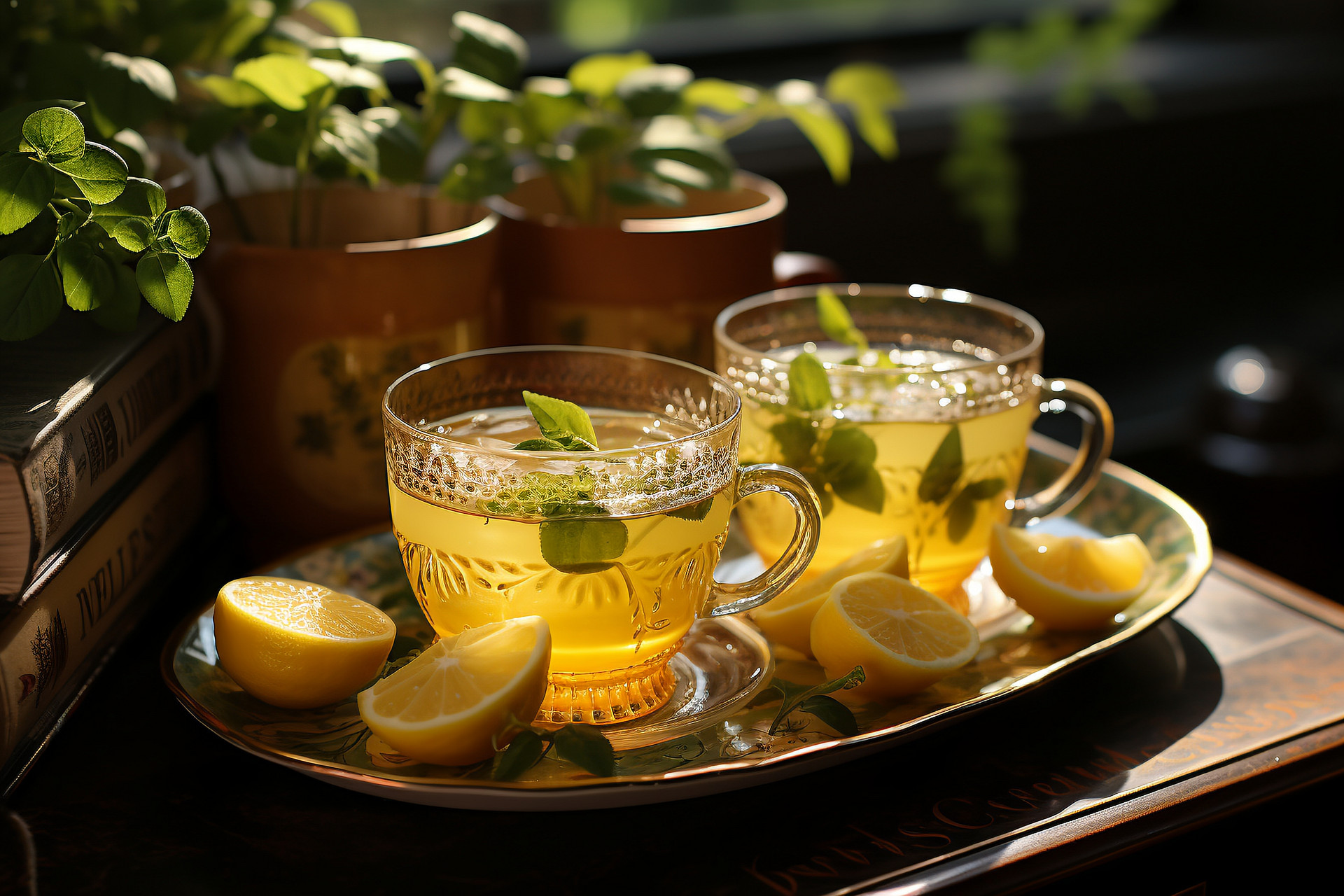Turmeric is also known as fake ginseng. Although the name may sound like fake ginseng, it is actually a different type of traditional Chinese medicine. The main feature of turmeric is its versatile usage and its excellent nourishing effect on the human body.
Turmeric leaves are dark green and oily, with a slightly fleshy texture. When the plant grows a little larger, thin and long flower stalks emerge from the bottom, and light pinkish-purple five-petal flowers sway among them, giving off a fresh and lively vibe. This is why it is also called "Lan Orchid".
Many rural villagers dry the leaves of turmeric and brew them into tea, which has a better taste than regular tea leaves. In addition to this, turmeric is also used in various ways on the dining table.
When it matures, its roots can be used to make soup, and the tender leaves can be stir-fried, steamed, and used in almost all dishes. The taste is smooth and delicious, especially suitable for women who have just given birth. It is both a "wild vegetable" and "ginseng".
In history, the root of turmeric was harvested for medicinal purposes. The root is a nourishing and strengthening medicine, which invigorates the middle and benefits Qi, and moistens the lungs and generates body fluids. The leaves reduce swelling and detoxify, and treat abscesses and swollen sores. In recent years, the thick and tender stems and leaves have been harvested and used as vegetables, which are popular among consumers.
Turmeric is originally from the southern United States and is cultivated in West Africa and Latin America, and has long become a popular vegetable. It is also cultivated or found in some gardens in central and southern China and Taiwan.
Turmeric was originally an ornamental plant. Its stems and leaves are thick, tender, and green, and they contain high potassium and low sodium. Each 100 grams of fresh leaves contain 6.2 micrograms of selenium, making it a rare health vegetable. It can be used to make soup or stir-fry, and can also be mixed with chicken, fish, and meat to make soups and dishes.
It tastes similar to wood ear vegetable, with a crispy and refreshing taste and a fragrant flavor. It has the effects of invigorating the middle and benefiting Qi, moistening the lungs, generating body fluids, and promoting lactation. It can enhance the body's constitution and prevent and treat influenza, fatigue, and seasickness. Its fleshy roots can also be eaten and have nourishing and strengthening effects.


![[The Risks of Eating Hawthorn During Pregnancy]](https://tcmmaintenance.com/uploads/20240715/97742b67f97f94c495ae1389337c5c41.jpg)
